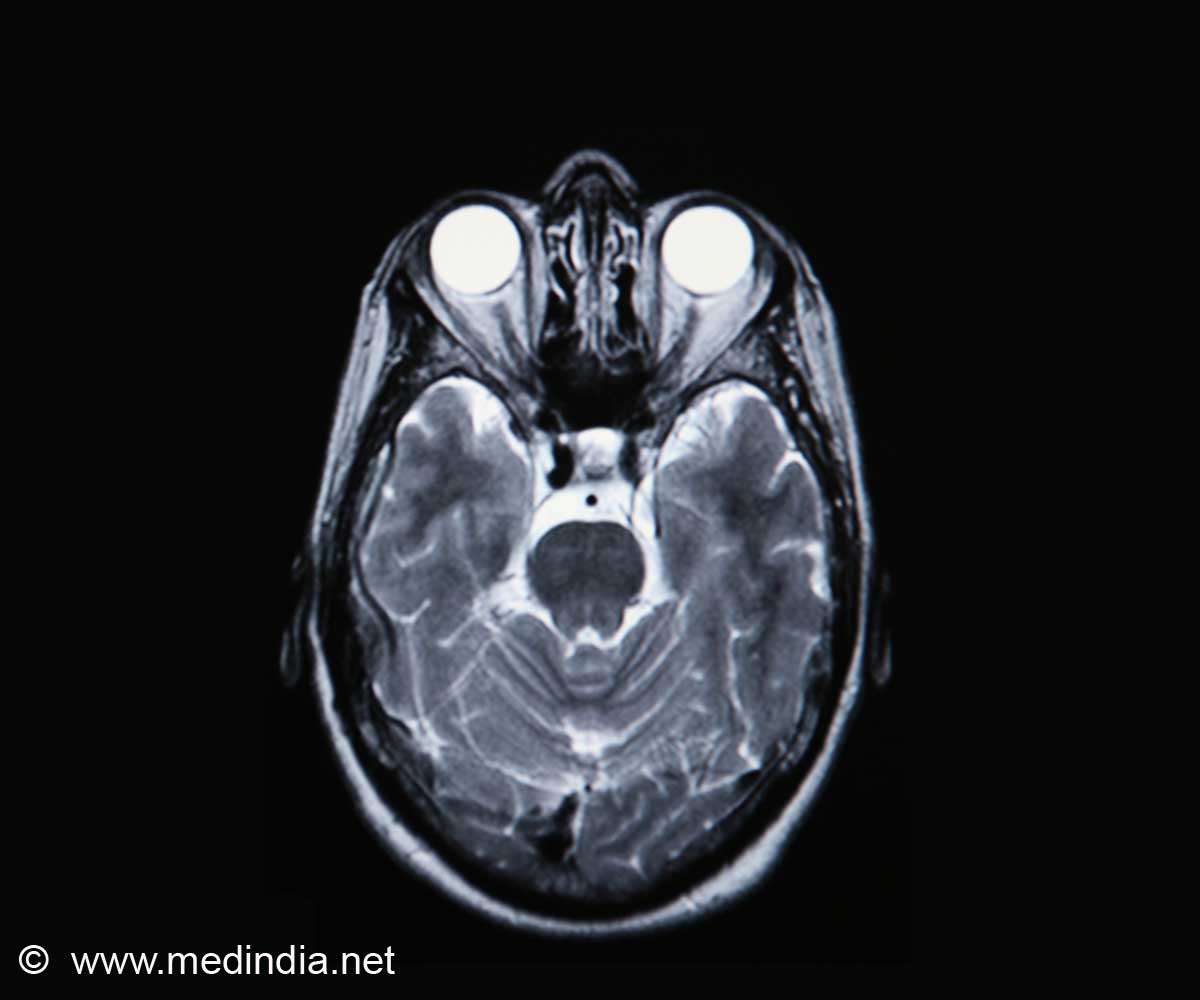Duke University neurologist and neuroscientist Nicole Calakos studies what happens when the connections between neurons in the brain aren't as adaptable as they should be in the basal ganglia.

Learning, memory and habits are encoded in the strength of connections between neurons in the brain, the synapses. These connections aren't meant to be fixed, they're changeable, or plastic.
"The basal ganglia is the part of the brain that drives the car when you're not thinking too hard about it," Calakos said. It's also the part of the brain where neuroscientists are looking for the roots of obsessive-compulsive disorder, Huntington's, Parkinson's, and aspects of autism spectrum disorders.
In her most recent work, which she'll discuss Saturday morning, Feb. 16 at the American Association for the Advancement of Science annual meeting in Boston, Calakos is mapping the defects in circuitry of the basal ganglia that underlie compulsive behavior. She is studying mice that have a synaptic defect that manifests itself as something like obsessive-compulsive behavior.
Calakos' former colleague Guoping Feng developed the mice at Duke before moving to the McGovern Institute for Brain Research at MIT, where he now works. Feng was exploring the construction of synapses by knocking out genes one at a time. One set of mice ended up with facial lesions from endlessly grooming themselves until their faces were rubbed raw. When examining synaptic activity in the basal ganglia of these mice, Calakos' group discovered that metabotropic glutamate receptors, or mGluRs, were overactive and this in turn, left their synapses less able to change. Scientists think overactivity of these receptors can cause many aspects of the autistic spectrum disorder Fragile X mental retardation.
"It's an example of synaptic plasticity going awry," Calakos said. "They're stuck with less adaptable synapses." Calakos is now using the mice to determine whether drugs that inhibit mGluRs can be used to improve their behavior and testing whether the circuit defects are a generalizable explanation for similar behaviors in other mouse models. This work may then lead to new understandings for compulsive behaviors and new treatment opportunities.
Advertisement











